|
Just when I thought I’d seen something of the world, along comes a book about 45 remarkable places… and I’ve been to exactly one of them. Chris Fitch, a senior staff writer at the Royal Geographical Society’s Geographical magazine, has assembled an impressive collection of little known spots from all seven continents, divided into sections of Extreme Environments, Untouched Lands, Human Activity, Weird Worlds, Isolated Realms and Nature’s Wilderness. Illustrated with clear maps and black and white photography, it is an atlas of destinations so remote, rugged and bizarre that many chapters could be describing locations on alien planets. A mysterious lake appears out of nowhere in the Tunisian desert. Off the coast of Croatia, a steep rocky island consisting almost entirely of volcanic magnetite sends navigational equipment haywire, and more than few sailors to their doom. In China, the world’s largest tidal bore draws thousands of people each year to watch a wall of water racing up the Qiantang estuary. On North Sentinel Island in the Andaman Islands, an uncontacted tribe of hostile islanders continue to shower arrows (and occasionally death) on anyone who approaches their shores. The world’s largest cave system in Georgia, an accidental coal fire that burns beneath a town in Pennsylvania, the -93°C extremes of Dome Argus Antarctica, a hidden valley of impenetrable rainforest in Borneo – most of the short chapters had me reaching for Wikipedia and falling down an online rabbit hole. Google Mount Mabu Rainforest in Mozambique, Mexico’s Cave of Crystals, or Colorado’s Rocky Mountain Arsenal Refuge, and try not to annoy your friends by dropping the tremendous trivia of your discoveries. This is the kind of book that inspires lunatics like me to actually run off and find these places. Sure, it could all be researched online (along with similar books like Atlas Obscura), but it does take a twisted genius to assemble these untamed places into something cohesive, and talent to write concise chapters that explain just enough to make you scratch your head, say “Whoa!” and desire to know more. As for the one place in the book I’ve actually visited? Chernobyl’s Zone of Alienation, a chapter in my own book, The Great Global Bucket List. Books like these, which belong on the coffee table of the more eclectic traveller, forever ensuring that your bucket list continues to grow. Atlas of Untamed Places
By Chris Fitch with maps by Martin Brown Published by Aurum Press US$29.99 / $38.99 CAN ISBN: 9781781316771 Buy it on Amazon.
1 Comment
Surrounded by twenty warriors clad in medieval uniforms, I felt as if I’d stumbled into a kung-fu movie. Only this isn’t China, it’s Georgia (the other one). I’m about to get a hands-on lesson in Europe’s only martial art, providing I can keep my arms from being wrenched out of their sockets, and my hands from being twisted right off my wrists. I am wearing a heavy, scratchy 200-year old outfit, resurfaced along with other aspects of Georgian culture repressed under decades of Soviet rule. The warriors move closer. To learn how to punch a man, I must learn how to take a punch. I crouch low, breathe deep, and steady myself for the blow. Men in the mountains of medieval Georgia practiced a fighting technique as effective and powerful as any Asian counterpart. They developed reputations as amongst the fiercest fighters in all Christendom, which is not surprising considering practice sessions would often result in broken bones. Now known as Khrilodi, the fighting style is being revived as Georgia re-establishes its traditions, with schools beginning to pop up around the country. Head butting the pieces together is Lasha Kobakhidze, and he’s invited me to an old Soviet gymnasium outside of Tbilisi to learn some moves. For starters, warm-ups involve acrobatic leaps, and punching each other hard enough in the face to hear the echo reverberate around the gym. It’s all about focus, strength, and positioning. One arm is tied behind my back, and I participate in a fight not unlike thumb wrestling, only the object is to rip the thumb out of the hand of your opponent, and break several vertebrae in the process. One of the students gets a little enthusiastic with me, slamming me to the floor. His punishment is to be placed in the middle of the group and have the crap kicked out of him. “Wow, that looks like fun,” I say under my breath. Pity the Turk, Persian or Arab invader of yesteryear. I can imagine what their bones sounded like cracking throughout the mountains. The class progresses to the 4th century Narikala Fortress that overlooks the city. It’s an impressive setting to bring out the weapons that truly gave Georgian warriors their edge. Jagged knives, spikes, hooks, iron balls, axes, chains, arrows, and a terrifying sort of spiked knuckleduster. All were designed to mortally wound, and cause the maximum amount of carnage to intimidate the enemy. I am handed a small shield and a short sword, its edges rusted and sharp. Ducking and thrusting, each sword is basically tetanus on a stick. Two fighters step up in a ledge as the late afternoon sun battles to break through thick cloud. Demonstrating a fight at full speed, it is just as impressive as any fight scene in Lord of the Rings. Despite my namesake, I sucked at the bow and arrow, so focused instead on the tabari, the largest and heaviest weapon. This axe could decapitate anyone who came within 5ft of its holder, and if I wasn’t careful, could slice my neck off too. The headline: “Travel Writer Decapitated in Freak Medieval Weapons Accident” does have a nice ring to it. Khridoli is all but unknown outside Georgia, although I expect it could be a big hit in the world of mixed martial arts. As for the Georgian military, Soviet instructors have made way for American instructors, but Lasha is hopeful Khrilodi will once again become integral to Georgian defence. In the meantime, old uniforms are being sourced from the mountains, and new weapons are being sharpened. Georgian legend believes a famed local warrior defeated champion samurais in medieval Japan. Curled up in a ball at the wrong end of punches and kicks, it’s easy for me to understand why. Facts About Georgia
Population: 4.7 million Location: Surrounded by Russia, Turkey, Armenia, Azerbaijan, and the Black Sea. Religion: 82% Orthodox Christian Currency: Lari Capital: Tbilisi Language: Georgian (script is called Mkhedruli and looks almost Asian) Known for: Hospitality, food and wine traditions, August War with Russia, 2008 Drinking in the World My favourite, and not-so-favourite cocktails from around the globe. Pisco Sour Peru/Chile Peru and Chile have long battled over who owns the Pisco Sour, but regardless of its origins, anyone who gets the chance to enjoy it is a winner. The cocktail is made from the clear distilled grape brandy pisco, blended with fresh lemon or lime, egg whites, syrup or sugar, and a dash of bitters. It’s refreshing yet a little sour, much like a margarita, and served in a short whiskey glass, any time of day. The Pisco Sour is the national drink of Peru, who claim that Chile stole the recipe from them during a war in the 1800’s. That being said, the best Pisco Sour I had was in Santiago, from a homemade Chilean recipe. Perhaps it’s time both countries sit down and discuss the issue over a cocktail. Raki Albania/Turkey In many parts of the world, locals forego major liquor brands for their own homemade moonshine. Such is the case with raki in Albania. Raki is also found in Turkey, and known as arak in North Africa and the Middle East. Every year in Albania, there are cases of people going blind, or even losing their lives after consuming a particular nasty batch of raki, which is distilled from grapes and flavoured with aniseed. Not that you’ll be able to taste much, as this traditional aperitif disintegrates everything it touches in your mouth and throat. In Albania, homemade raki served in a glass decanter made my mouth burn and my nose run, but fortunately, left my eyesight in tact. Saperavi Wine Georgia Georgians don’t know which came first: Wine, or the people to drink it. Archaeologists have discovered traces of wine in jars that date back 8000 years, implying that tiny Georgia, bordered by Turkey, Russia, Armenia and Azerbaijan, is the birthplace of wine the world over. The country has 200 endemic species of grape, producing many types of wine that are found nowhere else. Toastmasting is a proud tradition, as is the cultivation and production of wine in underground casks that date back generations. Saperavi is its most famous red wine, along with the white Rkatsitelli. Both are sweet, almost dessert-like wines, high in sugar and alcohol. At a traditional dinner, I watch four men pour out their lauded toasts, draining at least a dozen bottles without tipping over. France and Italy may make the finest wine, but little known Georgia lives and breathes it. Mampoer South Africa Legend has it that the powerfully strong mampoer is an able substitute should you run out of battery acid. Known as a type of peach brandy, mampoer can be made from any fruit, including apricots, plums, figs, prickly pear, pineapples and marula. Its origins go back to the Dutch settlers of South Africa, who allowed soft, sweet fruit to rot in barrels for three weeks, before boiling it up a couple times to distil the alcohol from the mash. Mampoer, which is still made by many farmers in South Africa, has an alcohol volume between 60 to 80%. No word on whether they use it to power their tractors. Tequila Mexico A drink can only be called tequila if it is produced in the region of Jalisco, in and around the town of Tequila itself. Mexico’s national drink has its roots with the Aztecs, who produced a fermented drink called pulque from the agave plant. When Spanish conquistadors ran dry of their imported liquor, they adopted the native drink to produce mescal, the name still given to a variety of liquor produced from the agave. Tequila is a type of mescal produced only in one region, refined, and perfected, much like cognac is to brandy. Jose Cuervo began production in 1795, and its La Rojena distillery is still in operation today, the oldest in Latin America. Here you can see how tequila is made, learn about its correct consumption (sipped, never shot), and drink from the family’s private cellar, where the smooth, rich sample has the fragrance of tequila, but goes down like liquid velvet. Fermented Horse Milk Mongolia The chief of the nomadic tribe calls me into his traditional circular ger tent. It’s pretty spacious considering it can be dismantled and packed onto horses in just a couple hours. On the walls, made of fabric, are pictures of famous Mongolian wrestlers, embroidery, and cracked mirrors. We sit at a table, and from a porcelain jug, he pours into a small wooden cup some of his most treasured elixir. I smile, maintaining eye contact, and bring the cup to my mouth. A sour odour reaches my nose, the eye-watering stench of ammonia. The liquid touches my lips, burns, the tartness stretching my tongue and forcing a muffled gag reflex. I shoot it back, closing my eyes, somehow keeping it down. I regain focus, breathe out a noxious gas, and silently congratulate myself. The chief is so impressed, he immediately pours me another cup. Soju South Korea There’s nothing quite like seeing South Korean businessmen on a soju binge. This vodka-like drink, produced from rice or other starches like potato or wheat, is poured into a shot glass, and after a toast, consumed in one gulp. Etiquette dictates that you must not fill your own glass, that it must be held with one or two hands depending on status, and poured and received in a particular manner too. With all the rules, dating back to the 1300’s, it’s odd to see basic courtesy go out the window as the soju takes hold, and men descend into a state of alcoholic madness. I saw suits and ties passed out in the bushes on Seoul, or carried unconscious over the shoulder by colleagues, all on a weeknight! Korea’a Alcohol and Liquor Industry reckons each Korean adult drinks more than 90 bottles of soju a year, where it is viewed as a positive energy source for the country.
|
Greetings.
Please come in. Mahalo for removing your shoes. After many years running a behemoth of a blog called Modern Gonzo, I've decided to a: publish a book or eight, and b: make my stories more digestible, relevant, and deserving of your battered attention. Here you will find some of my adventures to over 100 countries, travel tips and advice, rantings, ravings, commentary, observations and ongoing adventures. Previously...
July 2024
Categories
All
|

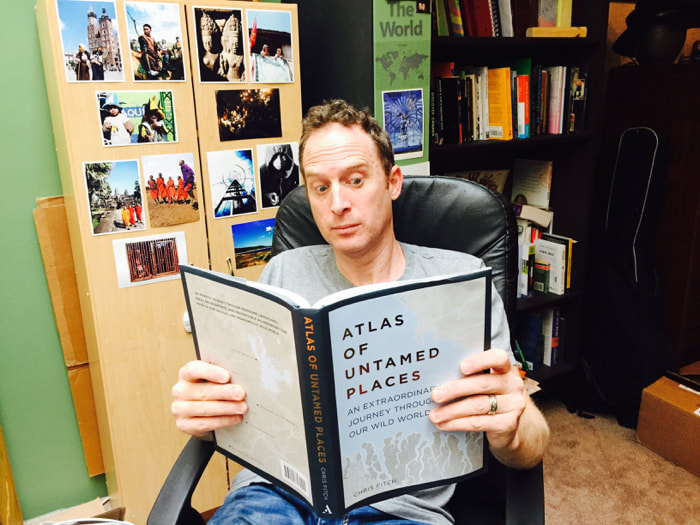
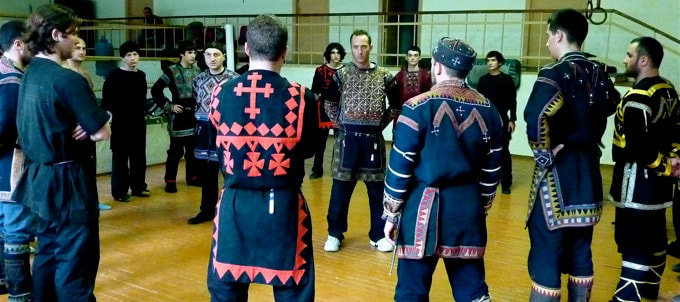
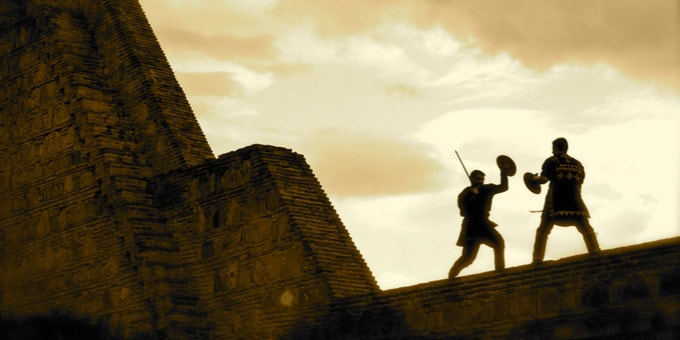
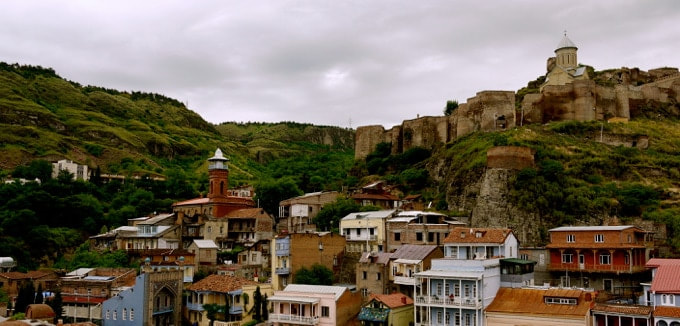
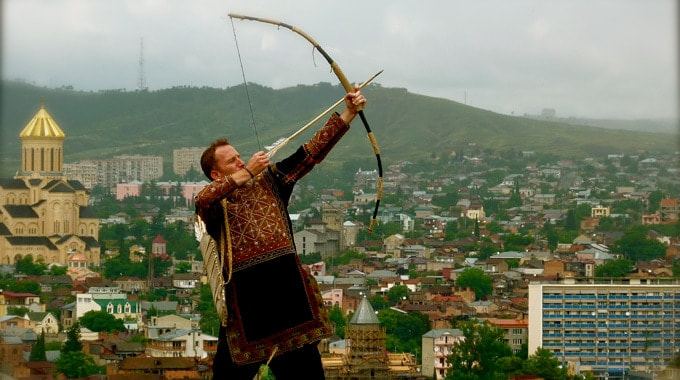
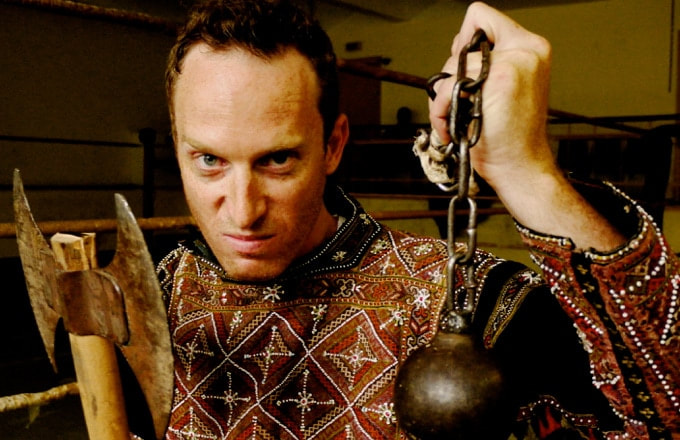
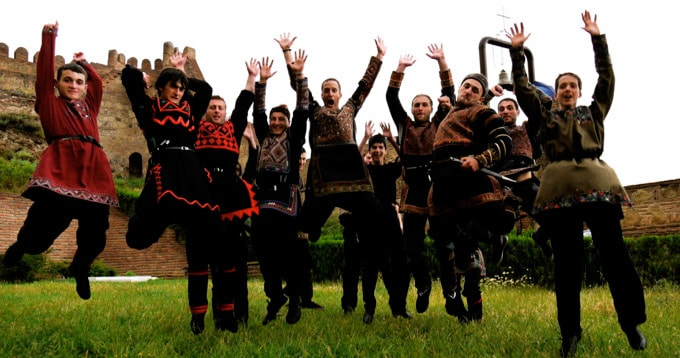
 RSS Feed
RSS Feed

